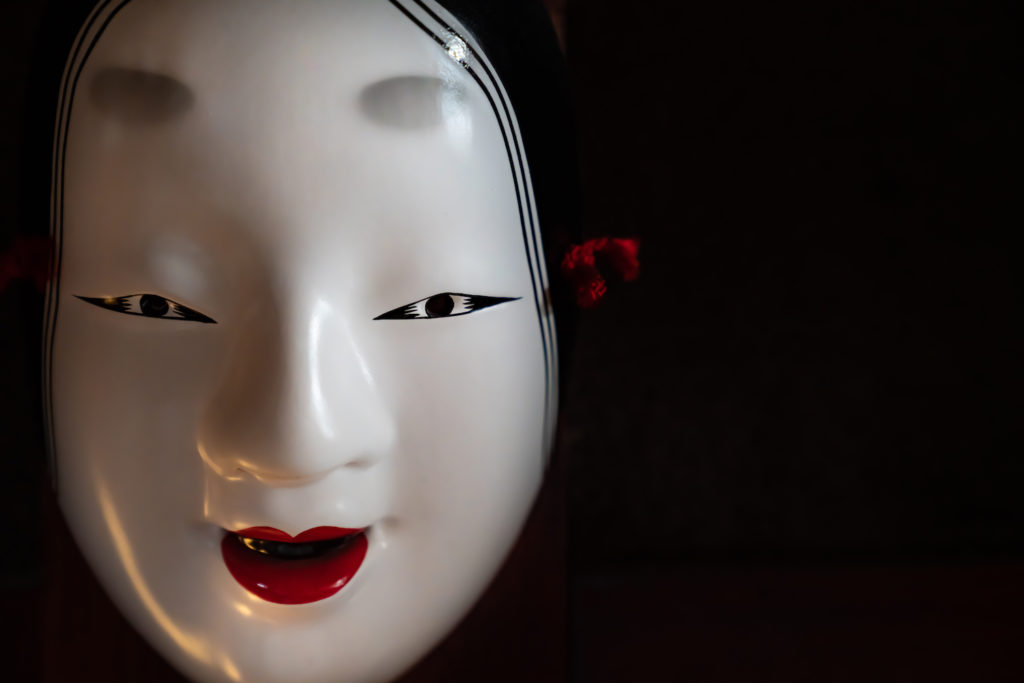
Noh theatre – Japanese traditional musical drama, Noh, has been played for more than 600 years, which invites us today to experience the world of “Yugen” and “Myo”, downright mysterious realm. Let’s take a look at the history, the theater and meaning of masks to feel something unordinary, yet powerful energy of Noh.
Brief History of Noh – Noh Theatre
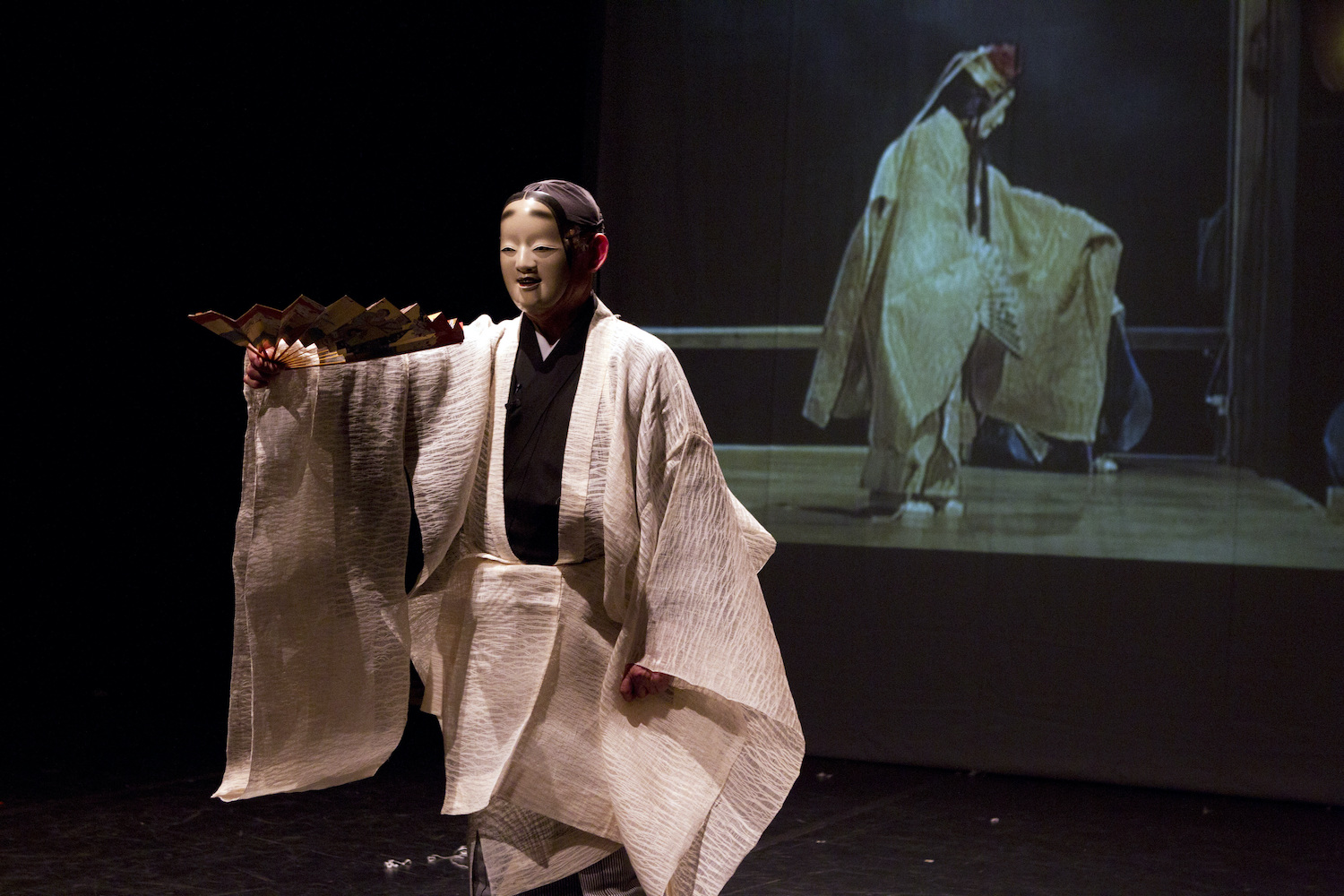
What is Noh? It is a major form of classical Japanese musical drama that has been performed since the 14th century. Simple stage props and characteristic Noh masks make it stand out from other performing arts.
Sarugaku – Noh Theater
The definite origin cannot be traced back, but the combination of Chinese performing arts “Gigaku”, “Sangaku” and Japanese traditional “Dengaku” consist the form of Noh which is called “Sarugaku” (funny and comical entertainment) until around Edo period (1603-1868).
In the Heian period (794-1185), Sangaku was banned by Emperor Kammu, so the performers had no choice but to play at shrines, temples, and street corners.
Shinto Shrine: History, Architecture, and Shrine Crest
The performers used to be farmers and Buddhist monks, but later in the era, professional performers were beginning to appear and made people burst into laughter.
Kan’ami and Zeami
The art of praying for happiness, peace, and longevity, Sarugaku strengthened the tie with shrines and temples by incorporating into Buddhist rituals and festivals.
In the Muromachi period (1336-1573), Kan’ami and his son Zeami, both playwrights and performers, consummated the form of the Sarugaku into Noh we see today.
Kan’ami was a genius at performing tactfully for any audience from farmers, Samurai worriers to court nobles.
He knew how to entertain them by acting differently feeling what the audience enjoys and loves.
Zeami published The Flowering Spirit explaning the core value of Noh, his ideas about Zen and theater formed the very basis of it.
When Zeami was small, he was one of the boys at Todai-ji Temple, a neutral being who put on makeup and dressing like a woman.
Those boys learned Kemari (ball kicking) and renga poem to acquire culture which is believed to be the influential background of Zeami’s thoughts on entertainment and life.
Noh Theatre
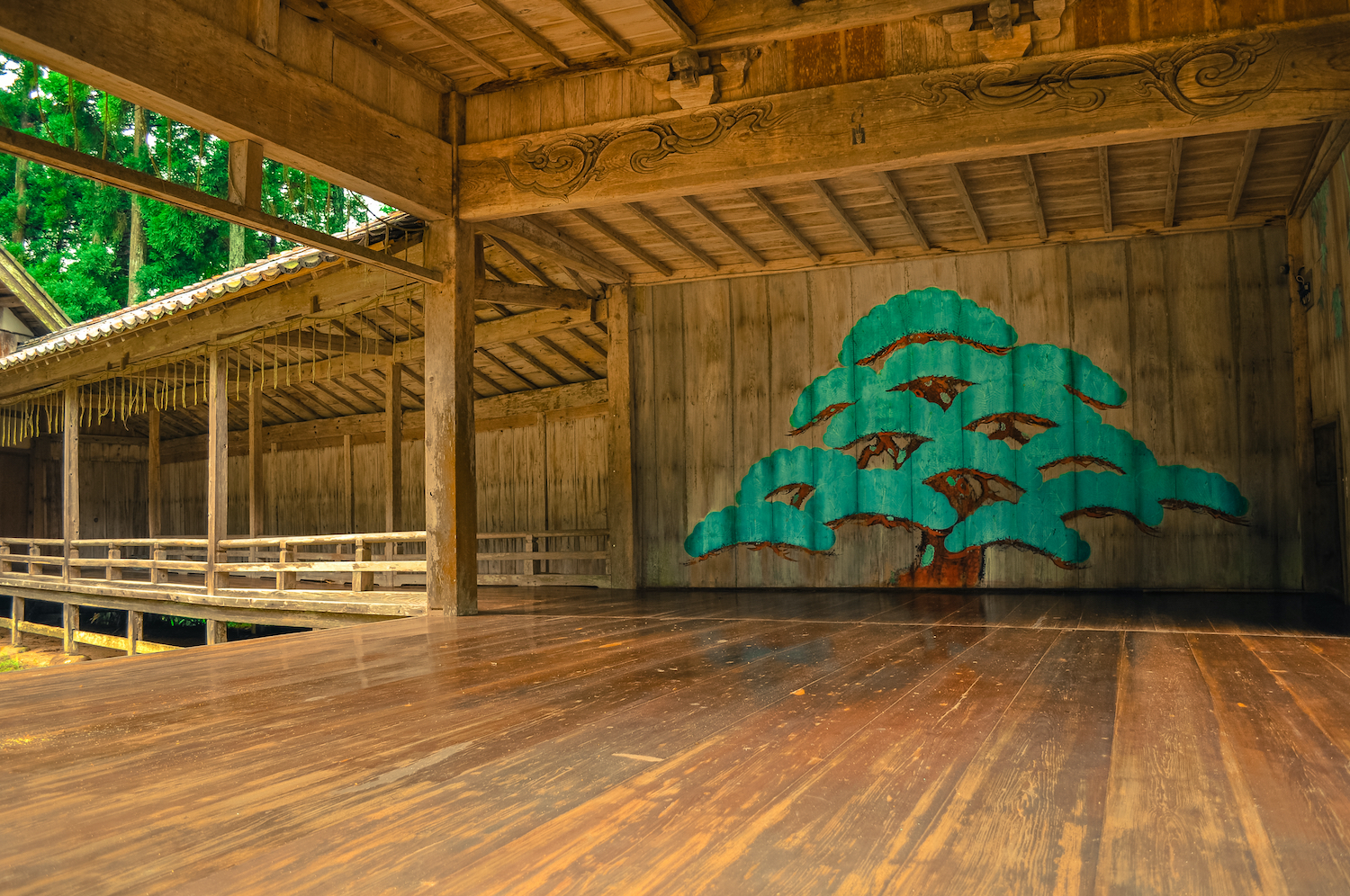
The traditional Noh theater consists of a pavilion whose architectural style is derived from that of the traditional kagura stage of Shinto shrines as Noh (sarugaku) used to be performed outdoors.
It has three sides open around the main stage that is about 18 feet on each side and normally composed entirely of hinoki (Japanese cypress) wood.
The floor is polished to enable the performers to move in a gliding fashion, beneath the floor are buried giant pots to enhance the resonant properties of the wood floors.
When the performers keep rhythm by stomping on it and the sound of the instruments such as flute, small drums, and the chants.
On its stage, the only ornamentation is the “kagami-ita” (a backdrop scene panel), a painting of a large pine tree at the back of the center stage.
Additionally, another unique feature is “Hashi-gakari” (narrow bridge) at the left side of the stage looking from the audience where performers come and go.
The large pine tree on the “kagami-ita” is considered to be a representation of a famous pine tree of significance “Yogo-no-matsu” in Shinto at the Kasuga Shrine.
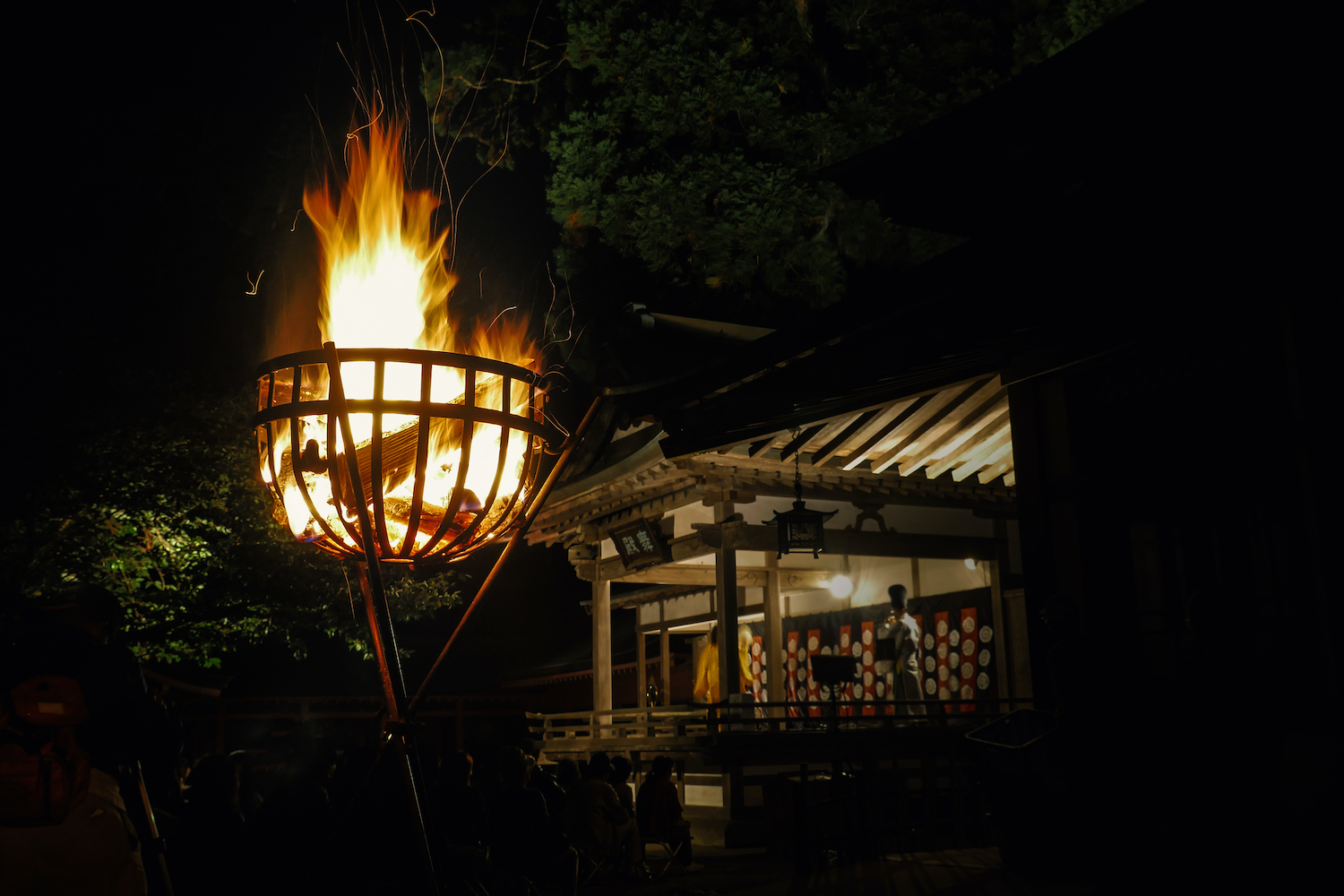
There are many types of large “tsukurimono” (made things).
Rather than realistic representations, these simply made props are more symbolic and can imply a: shack, rock, boat, bed, well, bell, castle, fence or grave among other things, to effectively help convey the story.
For example, four bamboo pieces can be lashed together with the cloth to create the idea for the frame of a house or a well can be represented as a bamboo frame with a cypress branch attached to the top.
Outdoor Noh, the original style of it, gives people to have a dynamic entertainment usually at shrines, temples sometimes parks.
You can experience the atmosphere and the flow of the air, which you can’t feel at the indoor Noh theater.
All the element of the environment come to be intertwined with Noh, it might make you feel as if you were in another world, especially when torches are lit at the dusk.
Noh Masks Meaning – Noh Theatre
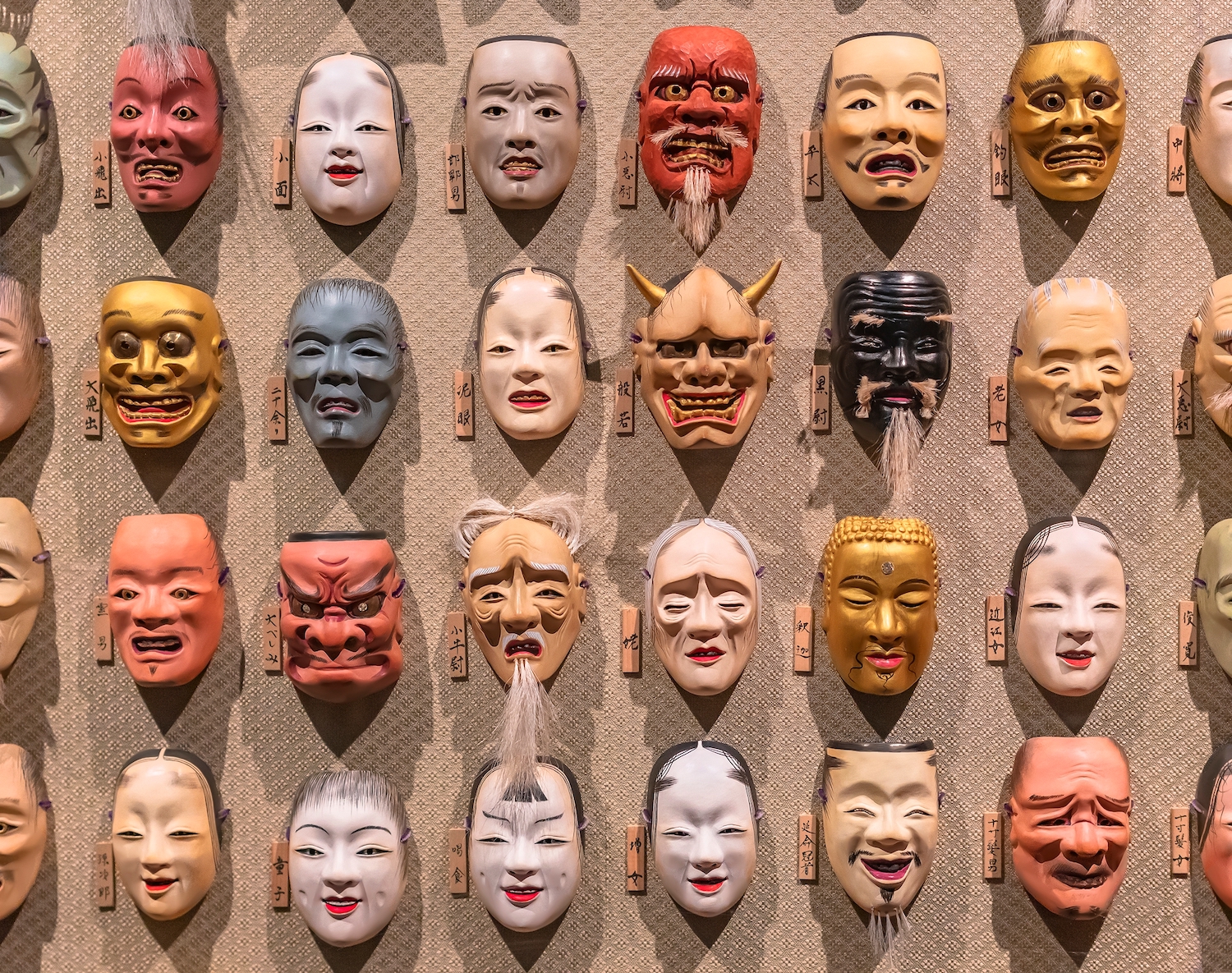
Shite, the main character, wear a mask and each of them has its name and meaning. There are sixty basic types of Noh masks and it is said that today we have two hundred and some dozens of different kinds of them.
The masks are more than just props but have the magical factor which lends the performer some kind of supernatural power.
They are made not to express any feelings clearly, so a mask can express anger in a moment and satisfaction in another.
Tilts up a little bit gives an impression of a subtle smile and tilts down a little bit gives an impression of sadness.
It is all up to a performer and the angle he makes. The same mask can convey totally the opposite meaning.
Okina (Old Man)
This type is the oldest mask of all and only used for the piece called Okina, performed for special occasions such as in a New Year. It’s used to pray for peace, safety, and a good harvest.
It is a kind of ritual items derived from sarugaku, the original form of the Noh, and it is said that this type was already used in the late Heian era (12th Century).
The difference between Okina and Jo is Okina’s chin are separated from the face and tied by strings, gentle eyes with round eyebrows. He looks like ” a good grandpa”.
Jo (Elder)
This is another type of old man’s mask which is called Jo. Any old man’s mask other than Okina is Jo and the biggest difference is usually there’s no smile on Jo.
They vary in the types and a Warai-jo is chuckling, but not smiling big like Okina does.
They are distinguishable by their hair, and generally worn by the leading actors in Part One in Waki-noh (god plays) or Shura-noh (warrior plays), in which they play incarnate spirits.
The above picture is Sanko-jo which appears to be a little arrogant, usually a woodcutter or a fisherman who ranks lower in social class.
Onna (Female)
Onna-men (Female masks) is the most popular type of the Noh masks that first comes into people’s minds.
There are a number of variations including Ko-omote that portrays a young woman. Depending on ages or characters of roles, the type is broken into parts, such as Waka-onna, Shakumi, Uba, and Rojo.
Otoko (Male)
Depending on roles’ social positions or situations in the plays, performers choose masks from various types of Otoko-men (Male masks), including Heida that portrays soldiers, Chujo, Juroku, Hatachi-amari, Doji, amari, Doji, and Kasshiki.
It varies from a boy, busho (military commander) to the blind.
Kishin (Fierce God)
This is assumed to have appeared in the early stage of the history, describing supernatural substances such as fierce god.
It is distinguishable by its forceful and wild appearance and roughly classified into two types; Tobide portraying demons or savages, and Beshimi portraying goblins such as Tengu.
Onryo (Vengeful Ghost)
This is the type that portrays incarnate spirits of dead persons. They include male ghosts such as Ayakashi, Yase-otoko and Kawazu, and female ones such as Yamanba and Deigan.
They are all regretful, and revengeful of this world. Hannya, one of the well-known type of the masks, is also classified into this group.
Onryo: Duality of Vengeful Spirits and Japanese Ghost Stories
Mugen Noh – Noh Theatre
Zeami, who had succeeded Kanzeza troupe from his father Kan’ami, created “Mugen Noh” by taking the art of dengaku (dance ritual for rice-planting) into his sarugaku.
It was a revolutionary change of the storytelling by letting the dead tell the story.
Usually, a ghost, a divine spirit or an ogre takes the leading role which is called Shite, and Waki, the foil role of the shite is a human with flesh and blood, listen to what supernatural being has to say.
This unique structure makes it have an original beauty which is called “Yugen” and “Myo”.
Yugen can’t be described in a word, but it is about elegance to say the simplest which can be seen in performers and Myo may be able to be called chemistry which happen only once in a while both the audience and the performers.
Noh Structure: Jo-Ha-Kyu
The concept of jo-ha-kyū, five-play program, dictates virtually every element of Noh, including compiling of a program of plays, structuring of each play, songs and dances within plays, and the basic rhythms within each performance as Hollywood uses three structures.
Jo: beginning (the first play)
Ha: breaking (the second, the third, and the fourth play)
Kyu: rapid or urgent (the fifth play)
The term originated in gagaku, ancient music of the court, to indicate gradually increasing tempo and was adopted in various Japanese traditions, including Noh, tea ceremony, poetry, and flower arrangement.
Each play can be broken into three parts, the introduction, the development, and the conclusion.
A play starts out in a slow tempo in an evocative way with jo, gets slightly faster with disordering of the natural way in ha, then culminates and resolve the element in kyu in a rapid manner.
For your further understanding, you can start delving into Noh with the book 20 Plays of the No Theatre by a renowned scholar of Japanese literature, Donald Keene.
Where To See? – Noh Theatre
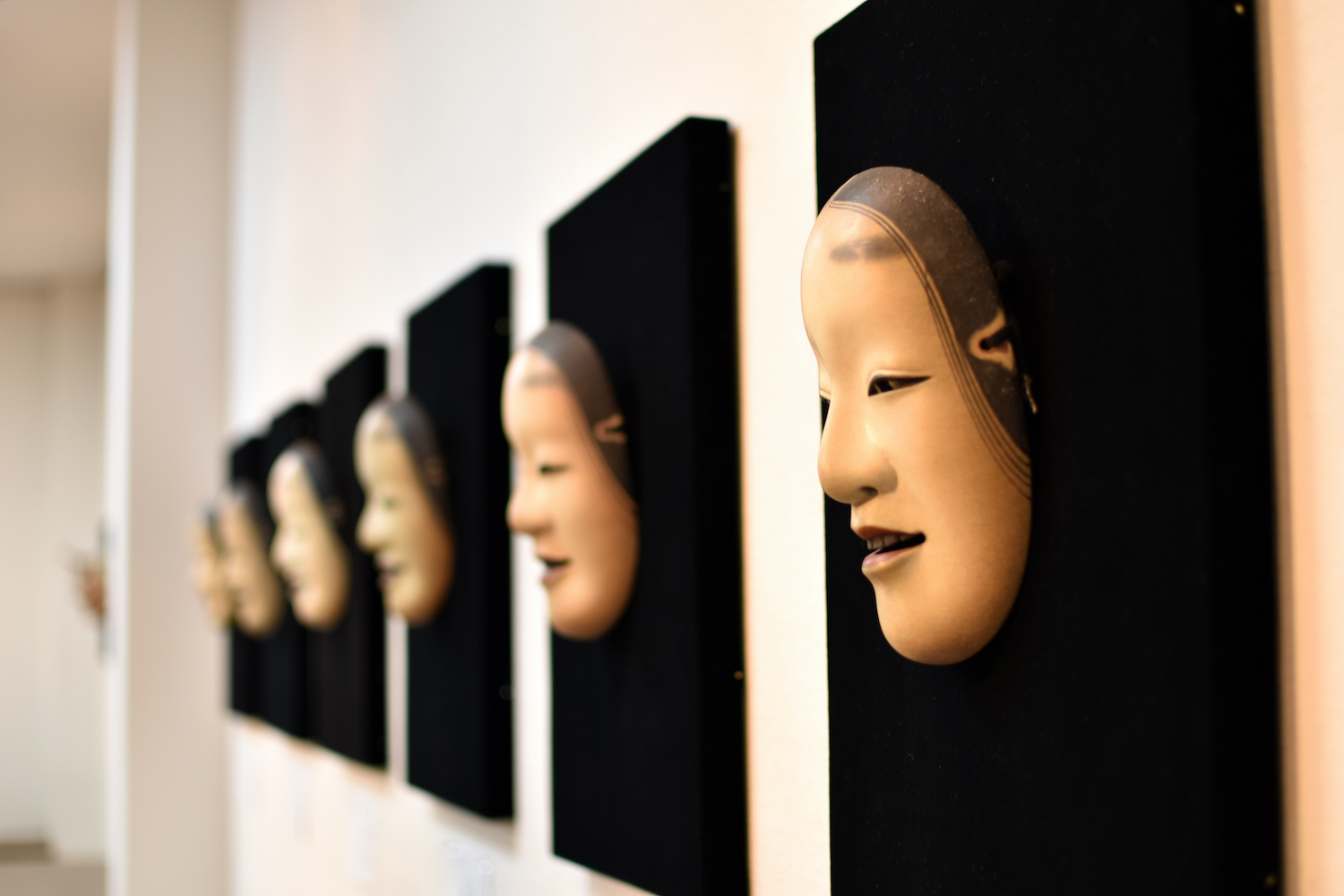
If you are in the Tokyo area, there are many theaters you can experience the world of Noh such as
Cerulean Tower and National Noh Theatre, in Kyoto and Osaka also there are many of them you can watch the performance live.
As it requires you to interpret the play only by performers’ movements, you may have a glimpse of the moment when those masks come alive with total attention.
Experiencing the live Noh at the Noh theater would change your mindset for the storytelling, the way of perceiving the world around you.
Reference
Related Articles
Tengu: The Legendary Japanese Creature of the Mountain
Bon Odori Festival: Japanese Buddhist Custom in Summer
Real Ninja: History of Master of Stealth, Intelligence, and Communication
Japanese Onomatopoeia: The Sound of the Silence
Japanese Buddhism #2: End of the World Belief, Pure Land, and Zen


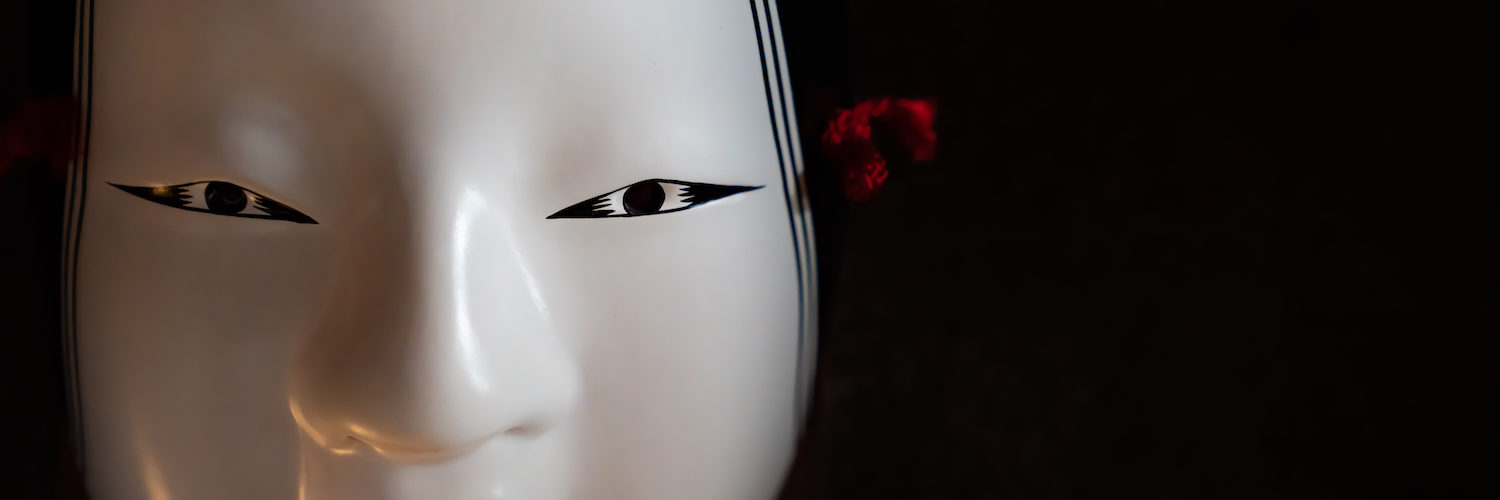
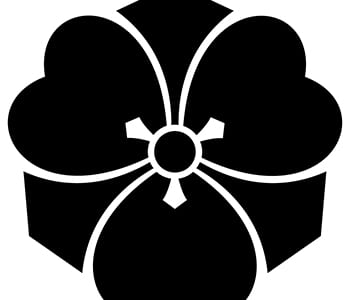
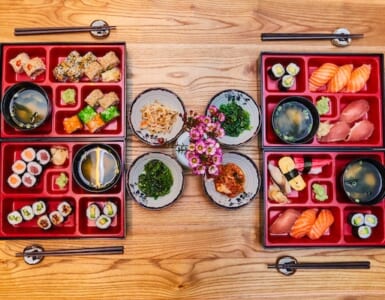
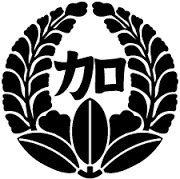


Add comment